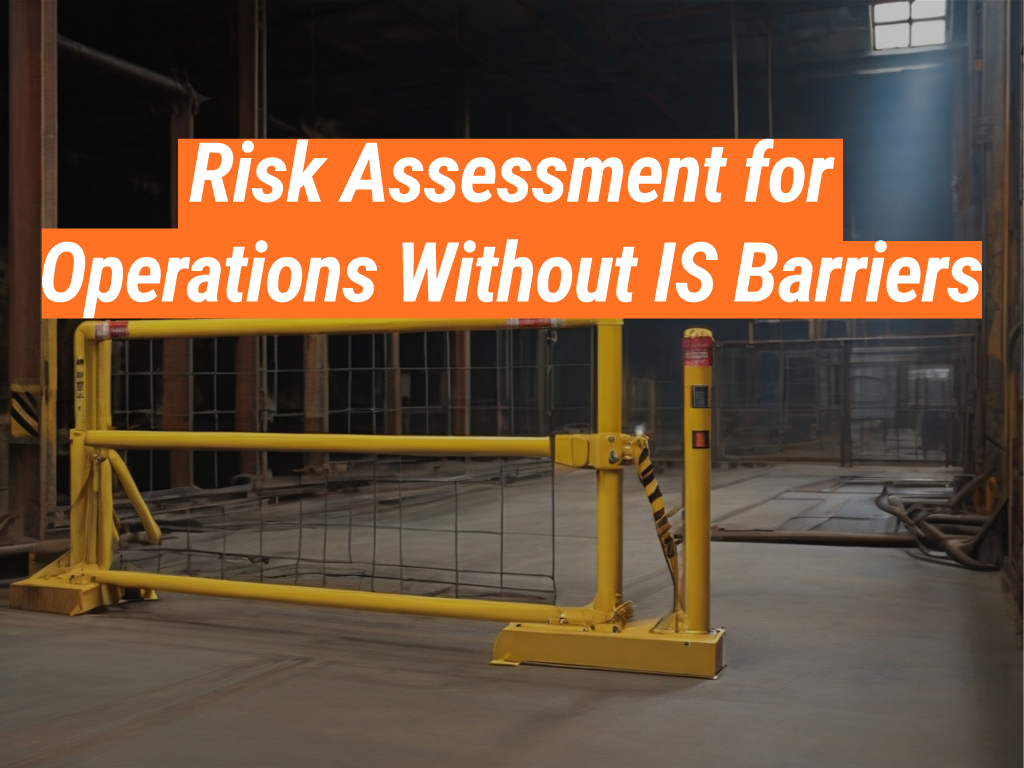As the world becomes increasingly digitized, the need for robust and reliable information security (IS) measures has never been more critical. This is particularly true in the realm of operations, where the absence of IS barriers can expose businesses to a myriad of risks. In this article, we will delve into the importance of risk assessment for operations without IS barriers, drawing on relevant examples, case studies, and statistics. This topic is of particular relevance to Intrinsically Safe Store, a leading provider of intrinsically safe products and services. We invite you to visit our website to learn more about our offerings.
The Importance of Risk Assessment
Risk assessment is a critical component of any operational strategy. It involves identifying potential threats, assessing their likelihood and potential impact, and developing strategies to mitigate them. Without a comprehensive risk assessment, operations can be left vulnerable to a range of threats, from data breaches to operational disruptions.
Case Study: The Impact of a Data Breach
Consider the case of a major retailer that suffered a data breach in 2013. The breach exposed the personal information of millions of customers, resulting in significant reputational damage and financial losses. A thorough risk assessment could have identified the potential for such a breach and led to the implementation of stronger IS barriers.
Operations Without IS Barriers
Operations without IS barriers are particularly vulnerable to threats. These operations may lack the necessary safeguards to protect sensitive data, leaving them exposed to potential breaches. Furthermore, without IS barriers, operations may be unable to effectively manage and mitigate risks.
Statistics Highlighting the Risks
- According to a 2020 report by IBM, the average cost of a data breach is $3.86 million.
- A study by the Ponemon Institute found that 67% of companies experienced a cyber attack in 2020.
- The same study found that 58% of companies experienced a data breach in the past year.
Conducting a Risk Assessment
Conducting a risk assessment for operations without IS barriers involves several key steps:
- Identifying potential threats
- Assessing the likelihood and potential impact of these threats
- Developing strategies to mitigate these threats
Example: Risk Assessment in Action
Consider a manufacturing company that relies heavily on its supply chain. A risk assessment might identify a potential threat in the form of a supply chain disruption. The company could then develop strategies to mitigate this risk, such as diversifying its supplier base or implementing a robust supply chain management system.
In conclusion, risk assessment is a critical component of any operational strategy, particularly for operations without IS barriers. By identifying potential threats, assessing their likelihood and potential impact, and developing strategies to mitigate them, businesses can protect themselves from a range of threats and ensure their operations run smoothly. For more information on how to protect your operations, contact Intrinsically Safe Store today.



